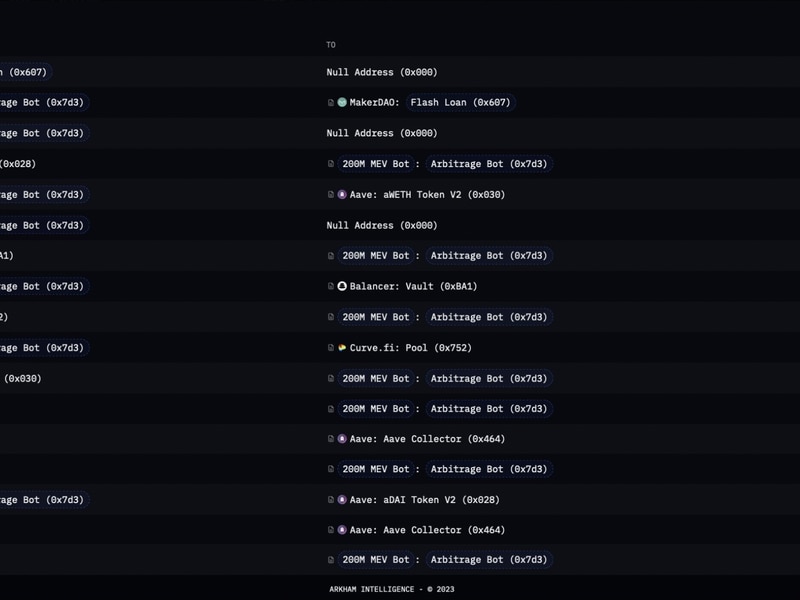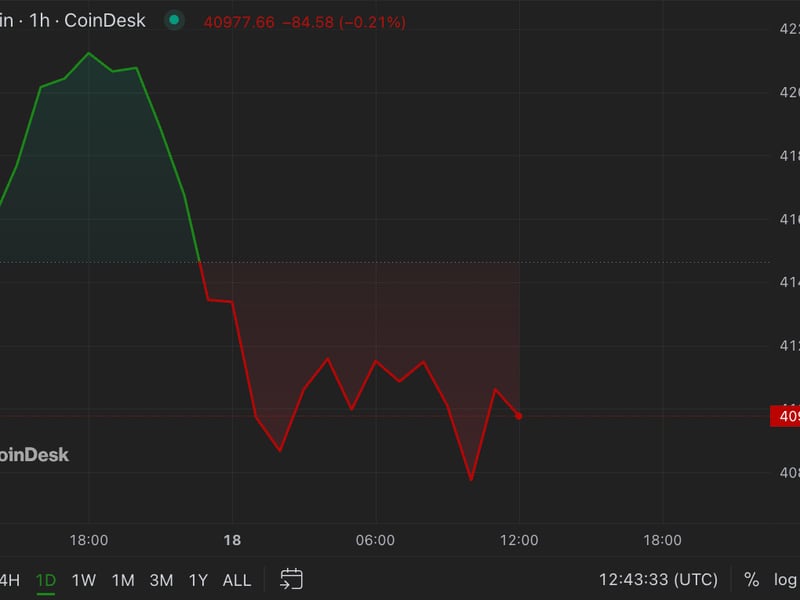Stellar
Stellar is a blockchain-based payment protocol launched in 2014 by Jed McCaleb – founder of Mt. Gox and co-founder of Ripple – and lawyer Joyce Kim.
Stellar’s native cryptocurrency, lumens (XLM) serves several functions on the network. It can be used to pay for transaction fees and can act as a bridge, enabling users to trade between multiple currencies. Stellar also requires users to maintain a minimum balance of XLM in their accounts.
The stellar network was launched alongside the nonprofit Stellar Development Foundation in July 2014. This foundation, created by Jed McCaleb and Stripe CEO Patrick Collison, distributed the initial 100 billion XLM to a variety of parties: 50% to individuals who signed up through an invitation link at a rate of about 50-300 XLM per person, 25% to various partners, 20% to bitcoin and XRP holders in two separate rounds (October 2016 and August 2017) and 5% kept for operational purposes.
After the distribution of the first 100 billion XLM tokens, the network mints new coins at no cost to the circulation at a rate of 1% per year. In 2018, crypto wallet company Blockchain partnered with Stellar to distribute $125 million worth of XLM (about half a billion tokens) to Blockchain wallet holders who signed up for the airdrop.
In 2019, Stellar hired ex-Mozilla executive Denelle Dixon who is known for her advocacy for net neutrality and personal data control.
Stellar has entered into partnerships with various businesses worldwide, including IBM and ICICI in the U.S., and Barclays and Deloitte in the U.K.
Network Design & Security Model
Stellar’s native cryptocurrency, lumens (XLM), serves several functions on the network. It can be used to pay for transaction fees and can act as a bridge, enabling users to trade between multiple currencies. Stellar also requires users to maintain a minimum balance of XLM in their accounts.
Stellar utilizes its own consensus mechanism, the stellar consensus protocol (SCP), created by Stanford professor David Mazières. This system relies on people running the software (nodes) to communicate over the internet and for them to cooperate between networks.
The way trust works in this system is that each person who runs the software is tasked with identifying several trusted participants to apply the cryptographic rules that enable transactions to be validated.
Anyone who downloads the software is tasked with running the nodes, which can be anyone from banks, to developers and from businesses or individuals who simply want to transfer money.
Monetary Policy & Cryptoeconomics
After the first 100 billion XLM tokens were distributed, new coins get added at no cost to the circulation at a rate of 1% per year.
The protocol distributes these lumens every week to accounts that get over .05% of votes from other accounts in the network. This inflationary mechanism rewards users proportionately to the number of votes submitted.
For example, if an address receives 5% of the vote, they will receive 5% of that particular week’s inflation reward.
Transaction processing
All transactions in the Stellar network settle to the blockchain and the average ledger closing time is between 3 and 5 seconds.
Coding
Stellar is an open-source project that originally forked from Ripple. It has software development programs written in C++ Javascript, Ruby, Go and CSS.









